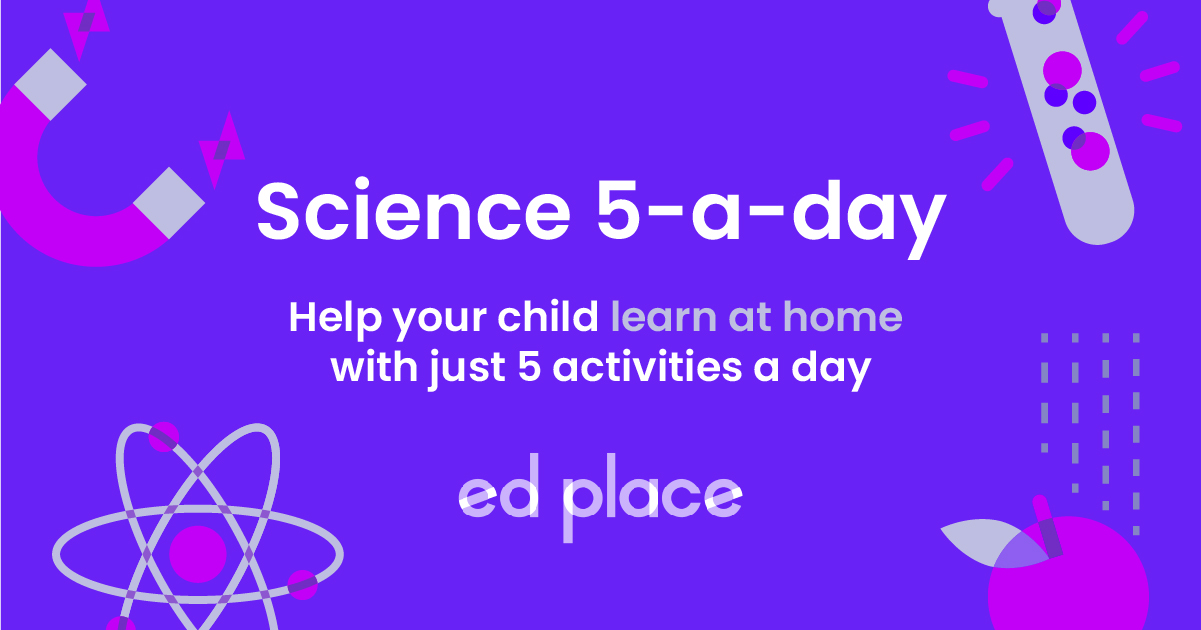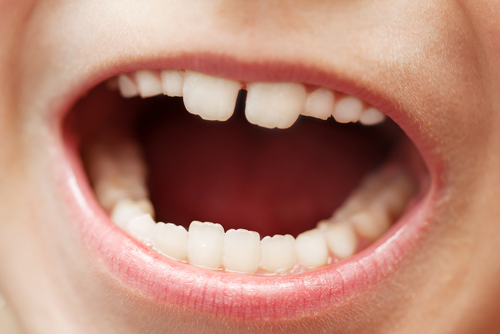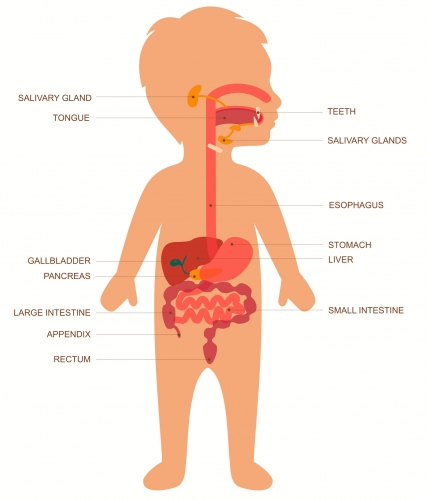
EdPlace's Year 4 Home Learning Science Lesson: Digestion
Looking for short lessons to keep your child engaged and learning? Our experienced team of teachers have created English, maths and science lessons for the home, so your child can learn no matter where they are. And, as all activities are self-marked, you really can encourage your child to be an independent learner.
Get them started on the lesson below and then jump into our teacher-created activities to practice what they've learnt. We've recommended five to ensure they feel secure in their knowledge - 5-a-day helps keeps the learning loss at bay (or so we think!).
Are they keen to start practising straight away? Head to the bottom of the page to find the activities.
Now...onto the lesson!
We won’t make a meal of this – promise!
Eating! It’s one of the pleasures of life – at least, it’s meant to be! However, it has a more mundane side in terms of the fact that it’s how we get into our bodies the vital energy we need. It’s not always that easy to understand what’s going on, and there’s a good chance that your young scientist has got some scrambled ideas about it (and not just about eggs!). So, why not use this blog to help chew over this topic, digest its contents and absorb all the goodies contained within!
We're sure if you do, your child will be able to:
1) Understand how our digestive system works
2) Describe the main organs of the digestive system and what their job is
3) Explain the different parts of the system back to you!
Step 1: What's it all about?
OK, so, first of all, let’s try to get an overview of what it’s about. Our bodies need energy- right? Food gives us the energy we need – yes?
The energy is needed by every cell in every part of the body and so the energy-giving food has to be very teeny indeed to fit into the blood and be transported all over the body. How on earth are we going to get a slice of pizza small enough to get into our bloodstream and into our cells? Good question!
Well, that’s the whole job of our digestive system – so let’s go on that journey, with the slice of pizza, to find out how it’s going to reach the cells that need it. We’ll start at the beginning, find out the names of all the places we travel through, and find out how they work, ending up in cells in the brain that need energy to think about how to tackle online learning!
Step 2: How does pizza get from the big slice to teeny slivers?
Right through the whole of this journey, remember: the point is to convert large food items into tiny molecules, so they can be transported in the blood – that’s the job of digestion.
Where does the journey start? The mouth of course! That’s where teeth mash the pizza up into much smaller pieces to make the process of digestion easier.

The mashed-up pizza is swallowed and travels down the tube that connects the mouth with the stomach – that’s the oesophagus.
Right, the pizza’s now in the stomach where it’s churned around with some special digestive chemicals for an hour or two. These chemicals start to attack the pizza ingredients and break them up into smaller and smaller pieces. This is what the stomach looks like:

You still with this? What do you reckon the pizza looks like now? Unrecognisable! But, it’s well on the way to being small enough to get into the blood. OK, onwards and downwards….
…. into the tube leading out of the stomach into the small intestine. Once the pizza has been turned pretty much into liquid, it’s ready for the main event: getting small enough to pass the height barrier into the blood!

Now that what used to be pizza is in the small intestine, the last digestive chemicals are added to get it to the smallest size possible and, wonder of wonders, it’s picked up by the blood to be delivered all over the body. That’s the pizza basically digested!
Remember: the pizza contains energy and, now it’s small enough, it can fit into the blood and the energy can be delivered to be used by, for example, cells in your brain which need that energy to concentrate on all that online learning that comes your way every day!
Any bits in the pizza that couldn’t be made small enough now continue on through into the large intestine and, eventually, out of the body as (proper word) faeces or (common word) POO!
So, that’s DIGESTION: we’ve followed the journey of a slice of pizza from plate to brain – pretty amazing, huh?
Step 3: Digesting those gut-wrenching words!
Have you got the stomach for this? OK, so the most important thing for your young scientist to digest is that the point of the process is to transform big pieces of food into tiny energy-containing molecules to be delivered right around the body. It’s just the different organs that can cause confusion, so let’s get that straightened out.
The gut (or digestive system) is the whole journey, from mouth to anus.
In the mouth are teeth to mash up food.
The oesophagus is the tube that joins the mouth to the stomach.
In the stomach, digestive juices are added to break the food down.
Next stop is the small intestine where the digested food is absorbed into the blood so that all the energy it contains can be delivered to cells right across to body.
Any remaining material passes into the large intestine and out of the anus as poo or faeces
There, that wasn’t so terrible, was it? Reckon your young scientist has managed to absorb all the goodness from that blog? Let’s check it out...
Step 4: Putting it into practice...
OK, time to check out whether this makes more sense – let’s go on a digestion journey and try to add in the correct information in the right place.
Here’s the pizza’s journey, but it’s been jumbled up – try to put it into the correct order so that the pizza is digested properly.
1. The stomach churns up the food and adds digestive chemicals.
2. The food molecules from the pizza are absorbed into the bloodstream.
3. The mouthful of pizza is mashed up by the teeth.
4. The liquid pizza is in the small intestine where more chemicals are added to break it down into tiny molecules.
5. The chewed-up pizza is swallowed down the oesophagus into the stomach.
6. Any remaining undigested food leaves the body via the large intestine and the anus.
7. After an hour or two, the partly-digested pizza is moved into the small intestine.
Now, can you use what you’ve learned to fill in the gaps in these sentences?
8. Food contains the ________ that the body needs in order to be able to operate.
9. Digestion is the process that makes food _______ enough to pass into the blood.
10. Once the food has been converted into tiny molecules in the small intestine, it is _________ into the bloodstream.
Step 5 - Let's put your digestive knowledge to the test...
Now, you’ve covered this together why not put this to the test and assign your child the following four activities in this order:
All activities are created by teachers and automatically marked. Plus, with an EdPlace subscription, we can automatically progress your child at a level tailored to their needs. Sending you progress reports along the way so you can track and measure progress, together - brilliant!
Activity 1 - The Human Digestive System
Activity 2 - Functions in the Human Digestive System
Activity 3 - Tooth Shape and Function
Answers
Hope that didn’t give you indigestion! Let’s see...
This is the correct order for the digestive process: 3 – 5 – 1 – 7 – 4 – 2 – 6.
8. Energy.
9. Small/tiny.
10. Absorbed.
It’s important to keep it simple and get the basics sorted and in the right order – then building on that is so much easier. Great stuff – time for a cuppa and a biccie!
Keep going! Looking for more activities, different subjects or year groups?
Click the button below to view the EdPlace English, maths, science and 11+ activity library
All English, maths and science from Year 1 - GCSE








